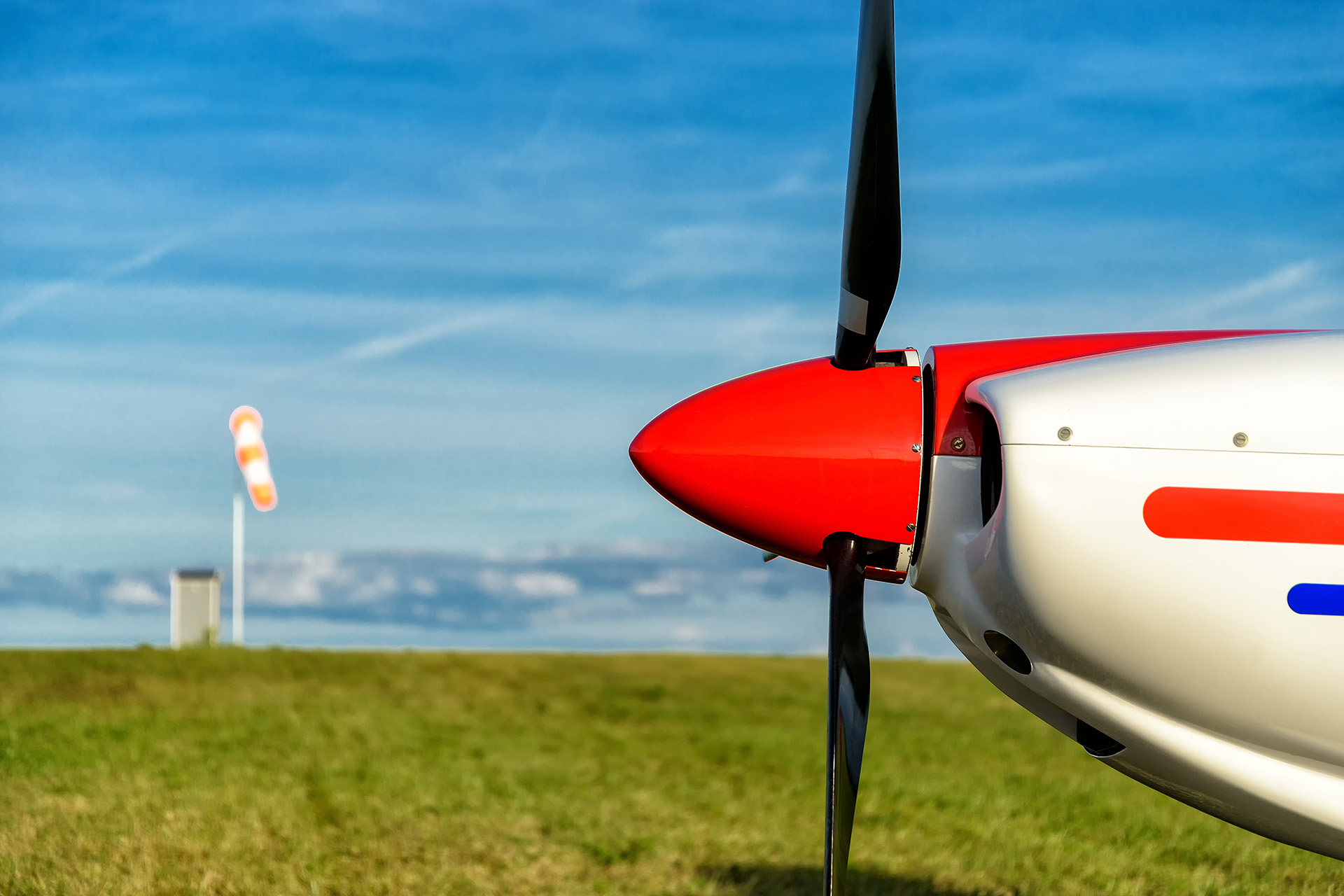Aircraft are divided into two areas for licensing, operations and airworthiness purposes:
- Part 21 aircraft and Non-Part 21 aircraft.
Non-Part 21 aircraft are also known as ‘Annex I’ aircraft, as they are listed in Annex I to the UK Basic Regulation.
This classification applies to types of aircraft, not individual aircraft. For example, the Cessna 172 type of aircraft is classed as a Part 21 aircraft.
Meanwhile, the De Havilland Chipmunk is classed as a non-Part 21 aircraft.
Part 21 aircraft
Part 21 aircraft fall under the regulations which have been retained in UK domestic legislation, following the UK exit from the European Union.
Non-Part 21 aircraft
Non-Part 21 aircraft are those that do not need to comply with the airworthiness, operational and licensing implementing rules required under the UK Basic Regulation.
Non-Part 21 aircraft are regulated by us using the established Air Navigation Order 2016 (as amended) and British Civil Aircraft Requirements (BCAR).
Annex I aircraft:
Most categories of non-Part 21 aircraft are listed in Annex I of the current UK Basic Regulation. The details such as weight limits are set out in Annex I but broadly these categories could be summarised as follows:
- Vintage aircraft that meet specific criteria for date of design and manufacture
- Ex-military aircraft
- Replicas of the above two categories
- Microlight aeroplanes
- Light helicopters
- Light gyroplanes
- Amateur built aircraft
- Aircraft built or modified for scientific or novel purposes.
- Smaller balloons and airships
- Smaller sailplanes
- Certain tethered aircraft
- Manned sub-70kg aircraft such as self-propelled hang gliders.
Other non-Part 21 aircraft
There are other aircraft categories not listed in Annex I that are also out of the scope of the UK implementing rules, these include:
Civil aircraft operating for or on behalf of the state such as customs, police, search & rescue or firefighting under UK Basic Regulation Article 2(3)(a), unless we have chosen to bring those aircraft within UK implementing rules further to Article 2(6).
We have published a class and type rating list.
The classification of an individual aircraft registered in the UK is shown on the Certificate of Airworthiness or Permit to Fly for that aircraft.
Details of particular aircraft can be found on our registration database, G-INFO.

